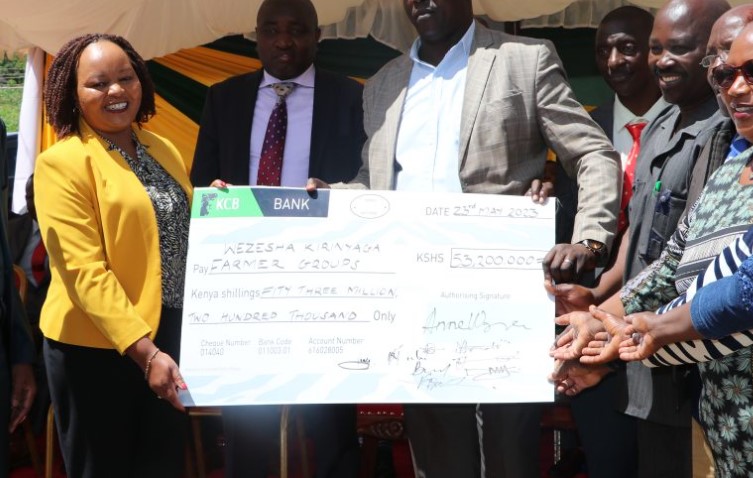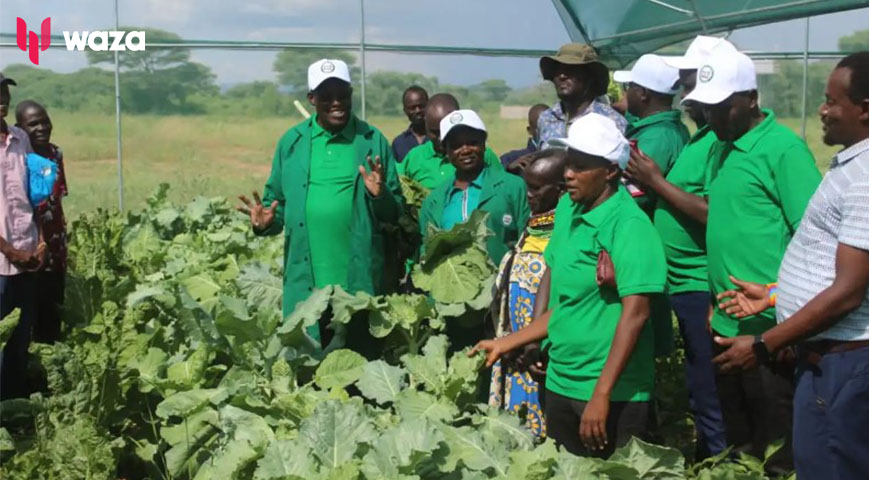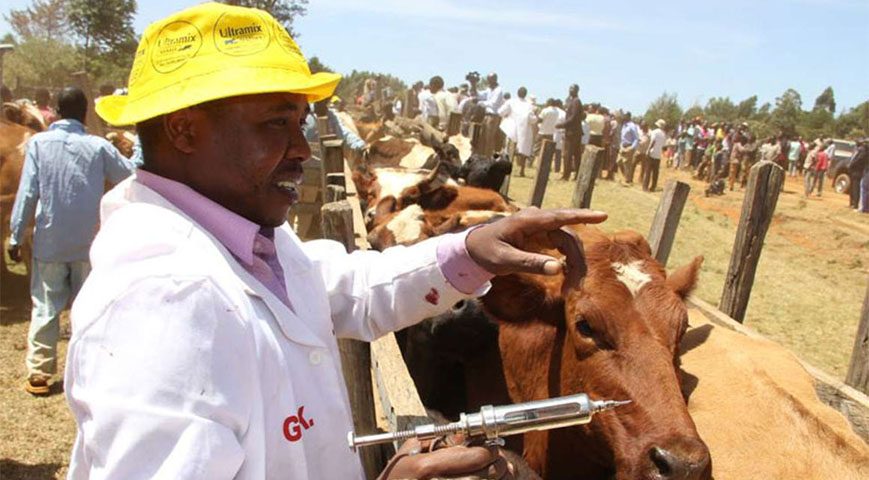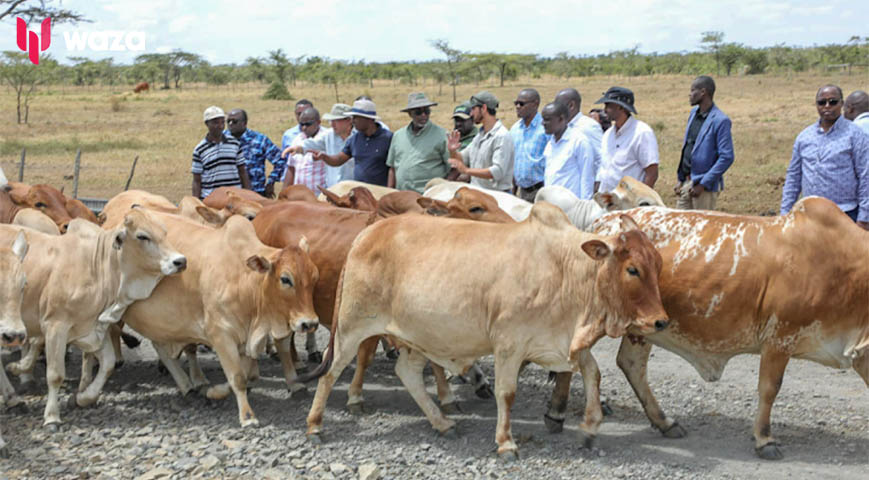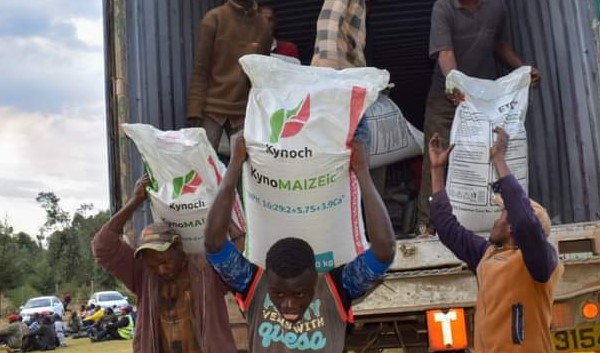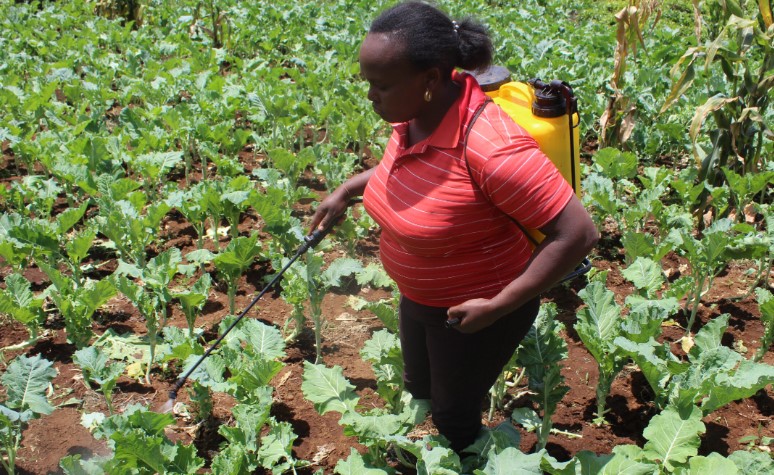The County government of Kirinyaga has released Kes53.2 million to fund farmer groups undertaking tomato, dairy, avocado, poultry, beekeeping, fish, pig and dairy goat farming value chain projects.
Kirinyaga Governor Anne Waiguru said that through the “Wezesha Kirinyaga Empowerment Programme”, her administration aims to empower the beneficiaries of the funds to make at least Kes. 1,000 per day from the various value chains.
Speaking at the County Headquarters in Kutus during the launch of the County Integrated Development Plan (CIDP) 2023-2017, she said the released funds will go a long way in helping the farmers put money into their pockets.
“We are implementing the bottom-up economic model by empowering farmers to engage in small-scale agri-business and earn money to feed their families,” she said.
The Governor said the program is supported through the National Agricultural Rural Inclusive Growth (NARIG) and is in its third funding phase.
Did you read this?
“This money has uplifted the living standards of the beneficiaries who are now empowered to make at least Sh. 1,000 per day from various value chains,” she added.
The County’s third Integrated Development Plan that was launched offers a cohesive framework of development for the county seeking to improve the quality of life for everyone that lives and works in Kirinyaga.
Further, Waiguru stated that the County will work with the national government, development partners and Private Partners to mobilise resources to implement key projects.
“ We shall also enhance effective and efficient monitoring and evaluation systems that will see to it that the projects are implemented within the given timelines,” Waiguru added.
Additionally, she noted that the CIDP considers the inclusion of special groups, such as the youth and women as key factors of production in our county’s economic growth.
“ As such the projects identified herein will ensure that they will translate to their economic empowerment,” said the governor.
She said the plan’s main strategic goals include; job creation through establishing new industries, product diversification, and better health through accessible and affordable health care.
The plan also seeks to increase income from improved and efficient agricultural productivity, market access, product marketing, and competitive market prices.

